Usually, finances and monetary matters come to our mind first when we talk about any type of accounting. But it is a bit different when discussing retail accounting because the primary focus is on inventory, not finances. Instead, it’s an indirect approach to finances by focusing on the cost of goods up for sale. The inventory cost is pivotal to the accounting method followed by the retail industry, and accounting involves the cost of inventory about the selling price. However, it will be a mistake to assume that retail business accounting is a particular discipline of accounting, which it is not. It is important to note that it is not a cost accounting for inventory based on the acquisition price but a valuation based on the selling price.
Why is retail accounting important for retail businesses?
The general principle of accounting focuses on the business’s biggest expense. Inventory is the single largest business expense; hence, it is logical to focus on it during retail business accounting. But the unique aspect of inventory is that it does not translate into an expense unless you sell it. As inventory is all-important for the retail industry, you must familiarize yourself with the aspects that impact the retailer’s balance sheet.
Managing inventory cost
To understand what a retail account is, you must adequately understand how the retail industry perceives inventory. Inventory is considered an asset in the retail sector unless you sell it or account for it due to damage, theft, or shrinkage. The money earned by selling the inventory is recorded as COS (cost of sales) or COGS (cost of goods sold) and reflected in the P&L or Profit and Loss statement.
The retail industry follows various methods for managing inventory, such as FIFO (First in First Out), LIFO (Last in First Out), Weighted Average, and Specific Identification. Retailers dealing with perishables and groceries can benefit from the FIFO inventory management method. The LIFO method is excellent in the construction industry that deals with indistinguishable stuff like concrete. Specific identification works well for slow-moving and big-ticket items. The Weighted Average method of calculating inventory works well for the lumber industry because of the nature of the items, which are non-perishable and indistinguishable yet individual.
The outcome
All such discussions and wisdom about retail business accounting might seem confusing unless you know the outcome or how it helps manage the retail business better. The accounting method provides a comprehensive account of the inventory spread across the business by determining its value in terms of the retail price. As a result, you can detect losses, damages, and thefts and take appropriate administrative action to prevent or reduce them.
The most basic form, the retail accounting method, helps keep track of the inventory you are buying and selling, know the wastage, and determine the optimal inventory level necessary to maintain smooth business operations. Since inventory cost significantly impacts the business’s profitability, assigning values to the inventory helps inaccurate tracking.







